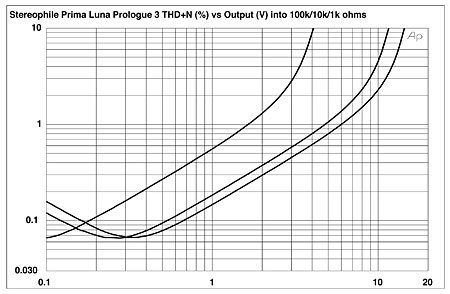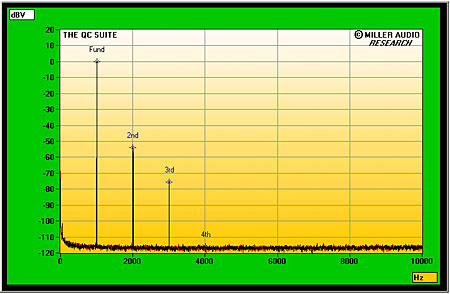After rebuilding a lot of (ironically) SS vintage and doing comparisons, I've come to believe that the biggest ingredient of "tube sound" was/is: how transistorized equipment uses so many low voltage, polarized ELECTROLYTIC CAPS in the way of what is amplifying the signal path...while tube equipment does not; in addition to: the tube equipment having metal polypropylene (an obviously better-grade part than electrolytics to begin with and far more electrically stable in a high frequency circuit), non-polar caps of at least 400 volts in its design (wherever there's crossover filtering or blocking involved).
There still, for example, would've been in the early days during the changeover to Solid State (1965-1970) a lot more of an active "awareness" to try to "voice" tube sound by using transistors than there would be now. However, the rise of high powered amps brought to market required spec. sheets proclaiming the lowest distortion as *thee* selling point to justify their bombastic expense to a domestic installation...to the extreme -almost- of how today, I think, the practice has evolved to the point of SS amps being designed "clinical" on purpose. There was always a big problem with tube bass distortion interfering with LP rumble in the early days and the lack of high wattage (short of a pair of Marantz model 9's) resulting in bad woofer damping. This is why the "loudness" control is on nearly all antique amps.
BTW "tube sound": I've experimented with modding a lot of '70s Sansui/Marantz/Tandberg receivers and integrateds (I picked up at flea markets and thrift stores when they were pre-Ebay prices) where, I discovered: *just* by subbing non-polar, metal polypro capacitors in place of any electrolytic 10uF-and-under, the tone afterward was decidedly more transparent and UNshrill at a loud volume level. If THAT is not a characteristic akin to "tube sound"...then, it's not even something the accolytes to it can even claim is real if they feel they can't even *describe* it.



